WaveBlender:
Practical Sound-Source Animation in Blended Domains
SIGGRAPH Asia 2024

Abstract
Synthesizing sound sources for modern physics-based animation is challenging due to rapidly moving, deforming, and vibrating interfaces that produce acoustic waves within the air domain. Not only must the methods synthesize sounds that are faithful and free of digital artifacts, but, in order to be practical, the methods should be easy to implement and support fast parallel hardware. Unfortunately, no current solutions satisfy these many conflicting constraints.
In this paper, we present WaveBlender, a simple and fast GPU-accelerated finite-difference time-domain (FDTD) acoustic wavesolver for simulating animation sound sources on uniform grids. To resolve continuously moving and deforming solid- or fluid-air interfaces on coarse grids, we derive a novel scheme that can temporally blend between two subsequent finite-difference discretizations. Our blending scheme requires minimal modification of the original FDTD update equations: a single new blending parameter β (defined at cell centers) and approximate velocity-level boundary conditions. Sound synthesis results are demonstrated for a variety of existing physics-based sound sources (water, modal, thin shells, kinematic deformers), along with point-like sources for tiny rigid bodies. Our solver is reliable across different resolutions, GPU-friendly by design, and can be 1000x faster than prior CPU-based wavesolvers for these animation sound problems.
In this paper, we present WaveBlender, a simple and fast GPU-accelerated finite-difference time-domain (FDTD) acoustic wavesolver for simulating animation sound sources on uniform grids. To resolve continuously moving and deforming solid- or fluid-air interfaces on coarse grids, we derive a novel scheme that can temporally blend between two subsequent finite-difference discretizations. Our blending scheme requires minimal modification of the original FDTD update equations: a single new blending parameter β (defined at cell centers) and approximate velocity-level boundary conditions. Sound synthesis results are demonstrated for a variety of existing physics-based sound sources (water, modal, thin shells, kinematic deformers), along with point-like sources for tiny rigid bodies. Our solver is reliable across different resolutions, GPU-friendly by design, and can be 1000x faster than prior CPU-based wavesolvers for these animation sound problems.
Links
- Paper [compressed (3M)] [full (53M)]
- Code [WaveBlender]
- Dataset [HTML]
Citation

Kangrui Xue, Jui-Hsien Wang, Timothy R. Langlois, Doug L. James. WaveBlender: Practical Sound-Source Animation in Blended Domains.
SIGGRAPH Asia 2024 Conference Papers.
Video
Acknowledgements
The authors thank the anonymous reviewers for their constructive feedback, Paulius Micivekius and Guillaume Thomas Collignon at Nvidia for GPU optimization assistance, Adobe and Meta for academic support, SideFX for donating Houdini licenses for academic research, and Maxon Redshift. This material is based on work supported by the Department of Energy, National Nuclear Security Administration under Award Number DE-NA0003968.
